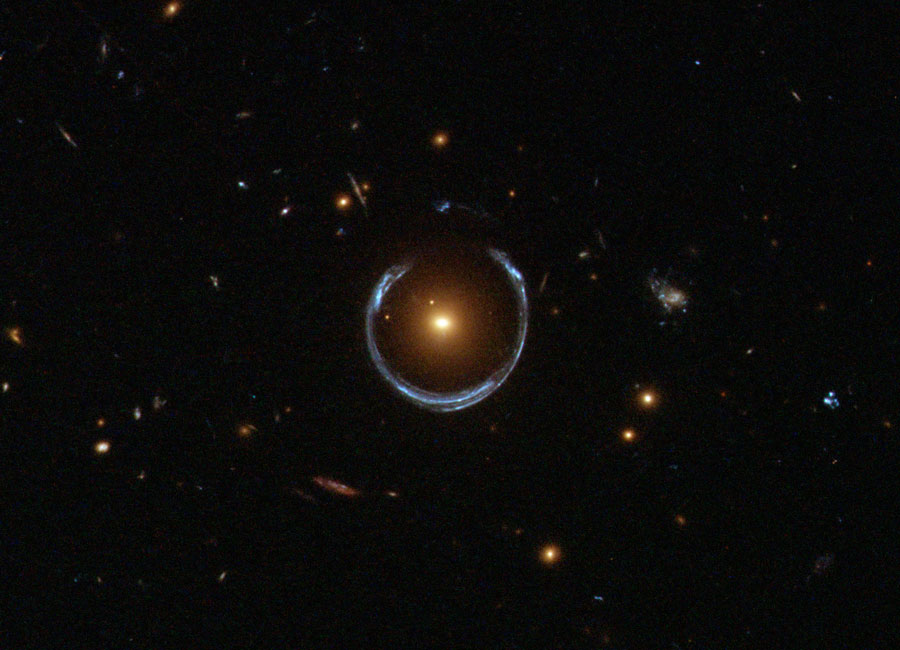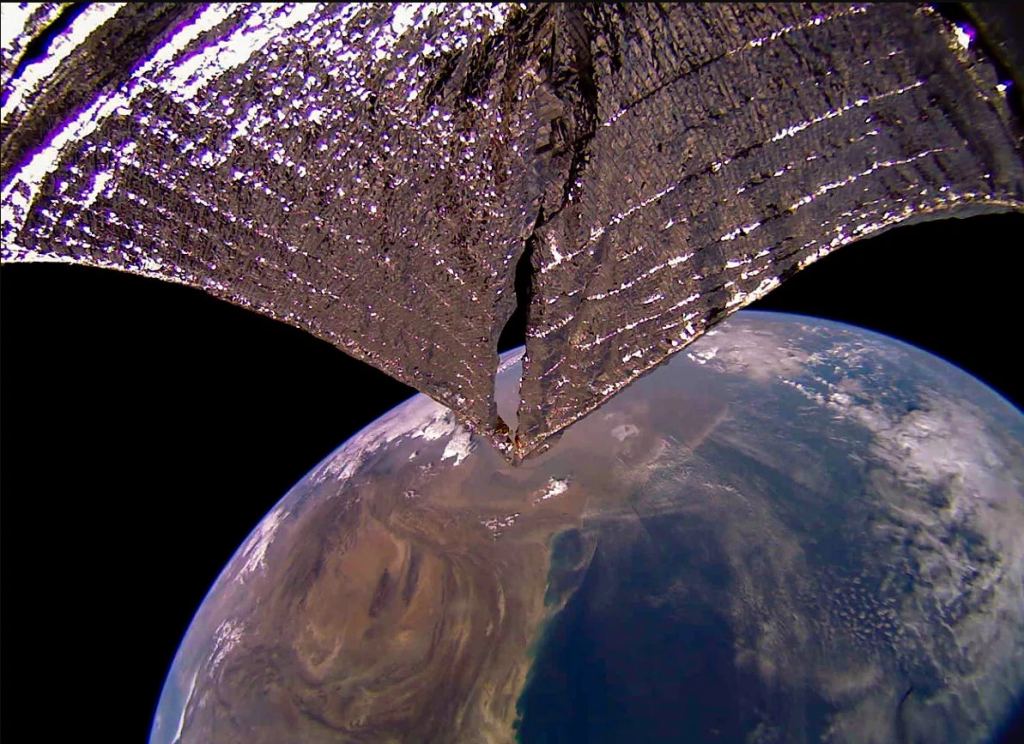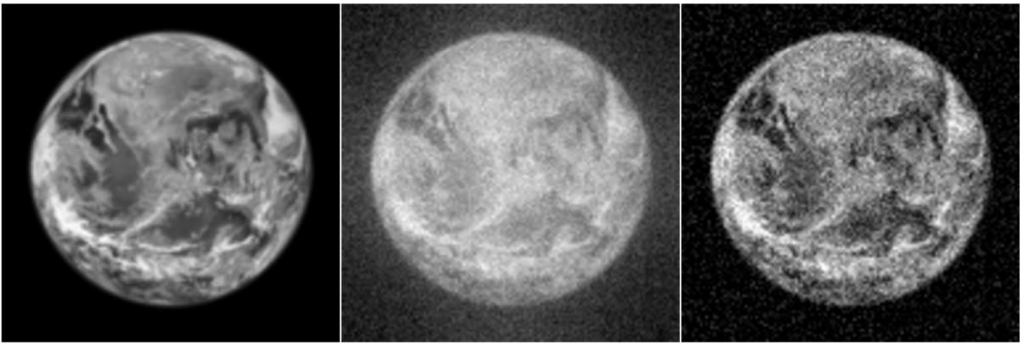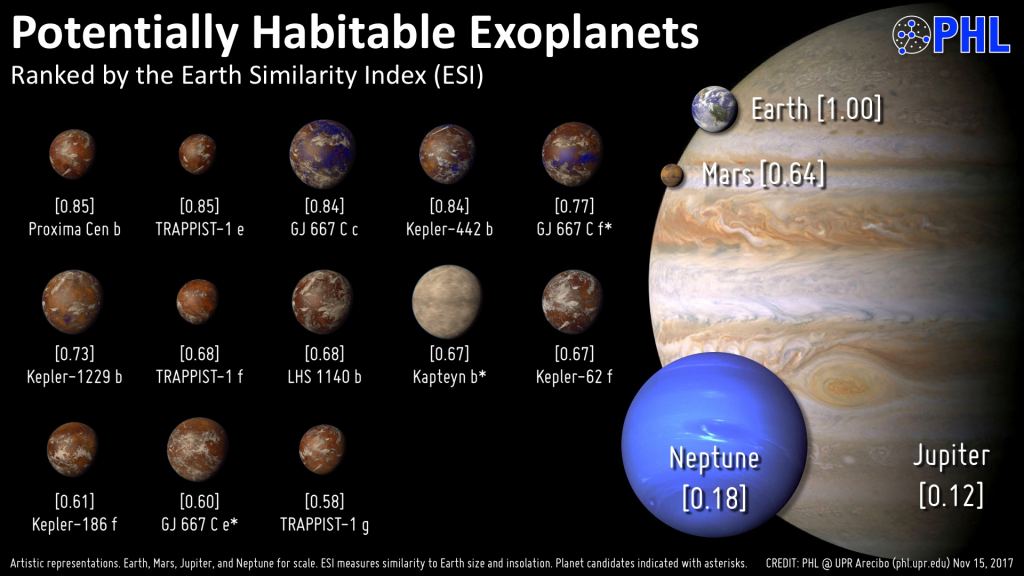Using the Sun as a Gravitational Lens Would Let Us See Exoplanets With Incredible Resolution
Have you ever seen wispy arcs and rings in astronomical images taken by the Hubble Space Telescope and other observatories? These unusual features are caused by a quirk of nature called gravitational lensing, which occurs when light from a distant object is distorted by a closer massive object along the same line of sight. This distortion effectively creates a giant lens which magnifies the background light source, allowing astronomers to observe objects embedded within those lens-created arcs and rings that are otherwise be too far and too dim to see.
A group of researchers are working on plans to build a spacecraft that could apply this quirk by using our Sun as a gravitational lens. Their goal is to see distant exoplanets orbiting other stars, and to image an Earth-like exoplanet, seeing it in exquisite detail, at a resolution even better than the well-known Apollo 8 Earthrise photo.
Slava Turyshev, a physicist at NASA’s Jet Propulsion Laboratory has spearheaded research into this proposed concept, called the Solar Gravity Lens (SGL). The idea would be to send a spacecraft to the exact location where it could use the focal region of our own Sun to bend the light from an exoplanet, magnifying it into a gigantic image.

“Using the solar gravitational lens is similar to using a conventional lens with a diameter equal to that of the Sun, which is 1.4 million km,” Turyshev told me. “The physics is there, now it’s just figuring out the engineering.”
Turyshev and fellow researchers say they could potentially image an Earth-sized exoplanet up to 100 light-years away, detecting surface features as small as 10 kilometers across.

Turyshev said the spacecraft architecture is still being studied and debated but instead of using a single large spacecraft like Voyager or Cassini, the SGL concept could rely on a fleet of smaller satellites that would use solar sails for propulsion. One intriguing flight plan for SGL is to use a gravity assist from the Sun to reach speeds where it would take just 25 years to travel 60 billion miles to the focal point destination in interstellar space.
“You don’t need to fly systems like the size of Voyager, or Galileo, etc, but can use smaller spacecraft,” Turyshev said. “There are alternative options like assembling in space, so if you need to build a larger aperture. Or if we have smaller, multiple spacecraft we can use different means of taking them to space, such as rideshare opportunities to get to low Earth orbit or geostationary orbits where we have our system self-assembled and then use solar sails for propulsion to deep space.”
If the idea sounds fantastical, the NASA Innovative Advanced Concepts (NIAC) Program – which funds research on visionary ideas that could transform future missions with breakthrough concepts — believes the SGL concept is sound. In 2020, the Solar Gravity Lens project was the sole recipient of NIAC Phase III funding worth $2 million, and is one of the very few ideas to be funded for all three phases of NIAC backing. Phases I and II allowed the team to demonstrate basic concept feasibility and then to invent a novel mission architecture, and Phase III has brought further research and development in how the telescope would work and perform.
In a paper published in April 2022, Turyshev and colleague Viktor Toth show that an exoplanet imaging mission is challenging but feasible, using technologies that are either already available or in active development.
“That paper represents realistic sensitivity that one may obtain with the SGL,” Turyshev said via email. “It emphasizes the fact that under realistic conditions, megapixel imaging of Earth-like exoplanets in our galactic neighborhood requires only weeks or months of integration time, not years as previously thought.”

The team’s most recent paper published in June 2022 discusses the possibility of repurposing the solar sails once they have performed their propulsion duties and using them as starshades.
“One of the more significant challenges to using the solar gravitational lens to image distant, faint targets is the fact that any light from such targets appears in the form of an Einstein ring on top of the bright solar corona,” Turyshev and Toth wrote in their paper. “For a target such as an Earth-like exoplanet, despite the significant light amplification of the SGL, the solar corona remains brighter than the target’s Einstein ring by several orders of magnitude.”
The starshade would work better than an internal coronagraph to block out this light. Plus, it would allow for a telescope with a smaller aperture to be used. The paper says that quite remarkably, even a 40-centimeter (15.7 inch) aperture telescope is sufficient to recover a good quality, resolved image of an exo-Earth as far as 30 parsecs from Earth.

“We see that in conjunction with the external starshade, one may use rather small apertures and extend the observational bandwidth to mid-infrared,” Turyshev explained. “Mid-infrared observations are especially interesting as planets are self-luminous at these wavelengths, producing a strong signal, while there is significantly less noise from the solar corona. This part of the spectrum contains numerous features of interest for exobiology and biosignature detection.”
Turyshev called this development “very significant,” and it offers strong motivation to study the use navigable starshades — and especially, solar sails repurposed as starshades — as essential components of future SGL missions.
Among space enthusiasts, there has always been a lot of discussion about humanity’s first steps outside of the Solar System. The SGL concept might provide that point for multiple technology efforts to really come together to make it possible.
“I think we are at the beginning of an exciting period where multiple efforts are coming together in the space industry,” he said, “such as more economical access to space, small resilient spacecraft, and distributed capabilities where costs are now practical to bring exciting science. So, within the lifetime of the present generation, we have the chance to really ask and maybe answer the question we’ve been asking for at least 5,000 years, ‘are we alone.’ We are at the point where the technologies do exist, and the challenge is how to make use of that technology, accelerate their development, justify the steps to test this technology and then really put it to use. “
Lead image caption: Artist concept of countless exoplanets. Credit: NASA
Further reading: NASA/NIAC article on the Solar Gravitational Lens project
Planetary Society article on SGL
The post Using the Sun as a Gravitational Lens Would Let Us See Exoplanets With Incredible Resolution appeared first on Universe Today.
Universe Today
Go to Source